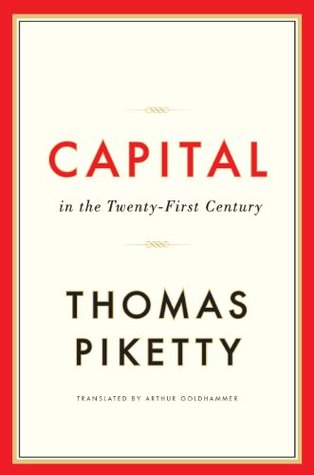The second salient fact concerns the comparison between Europe and the United States. Unsurprisingly, the shocks of the 1914–1945 period affected Europe much more strongly, so that the capital/income ratio was lower there from the 1920s into the 1980s. If we except this lengthy period of war and its aftermath, however, we find that the capital/income ratio has always tended to be higher in Europe. This was true in the nineteenth and early twentieth centuries (when the capital/income ratio was 6 to 7 in Europe compared with 4 to 5 in the United States) and again in the late twentieth and early
...more
Welcome back. Just a moment while we sign you in to your Goodreads account.


